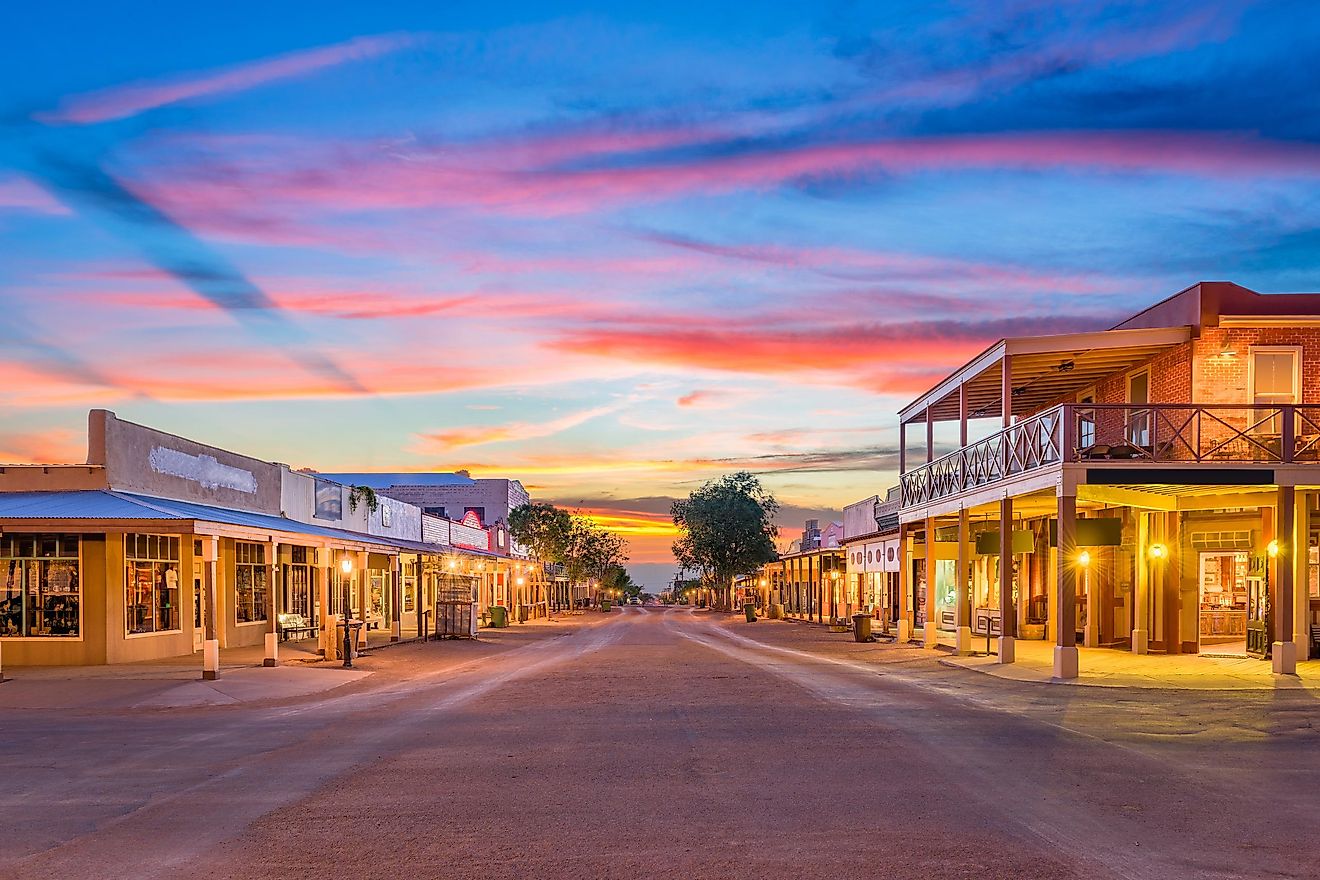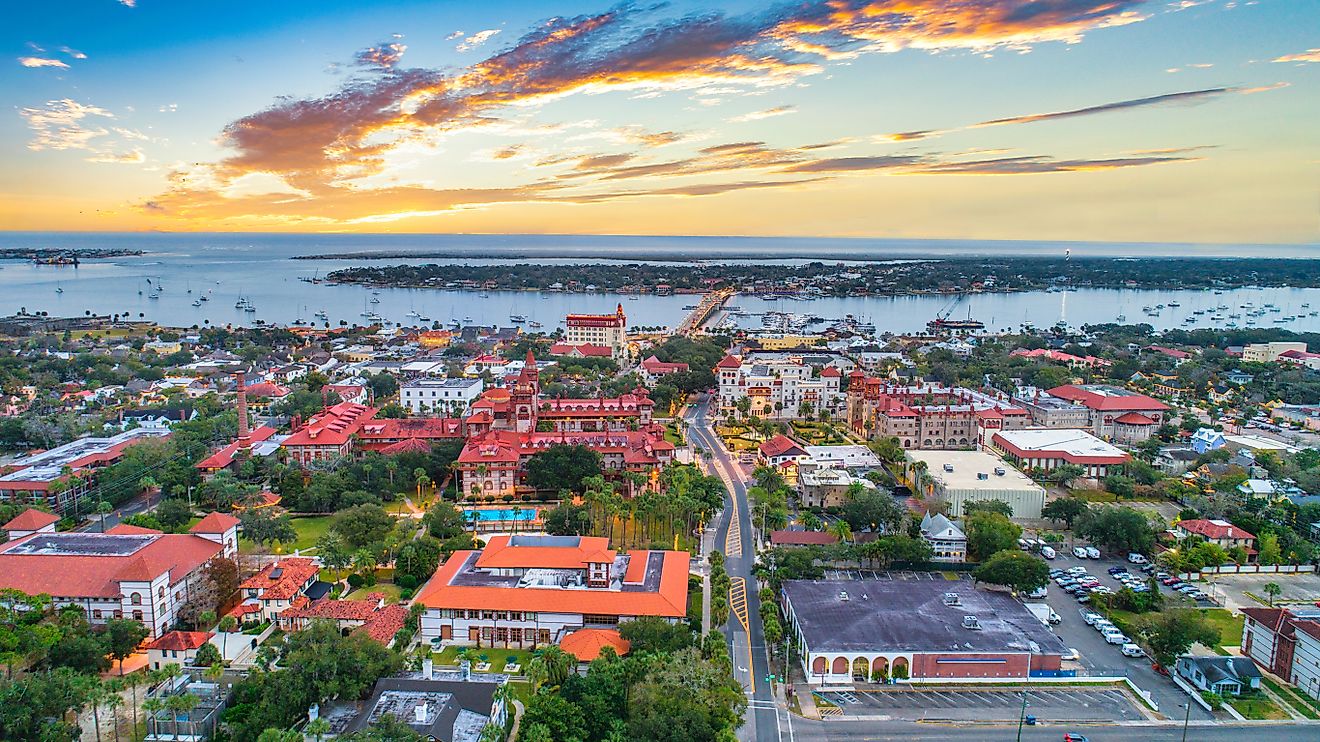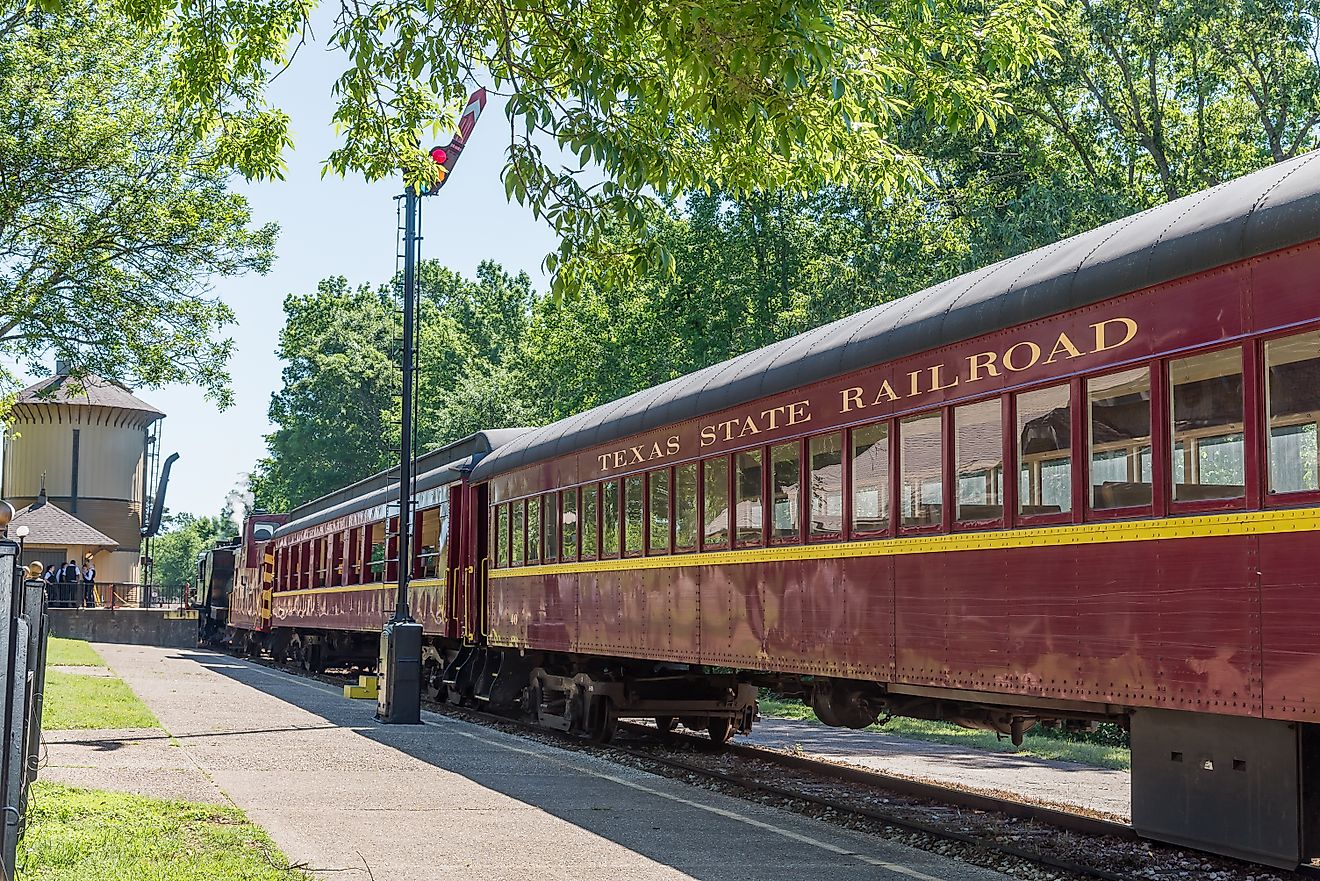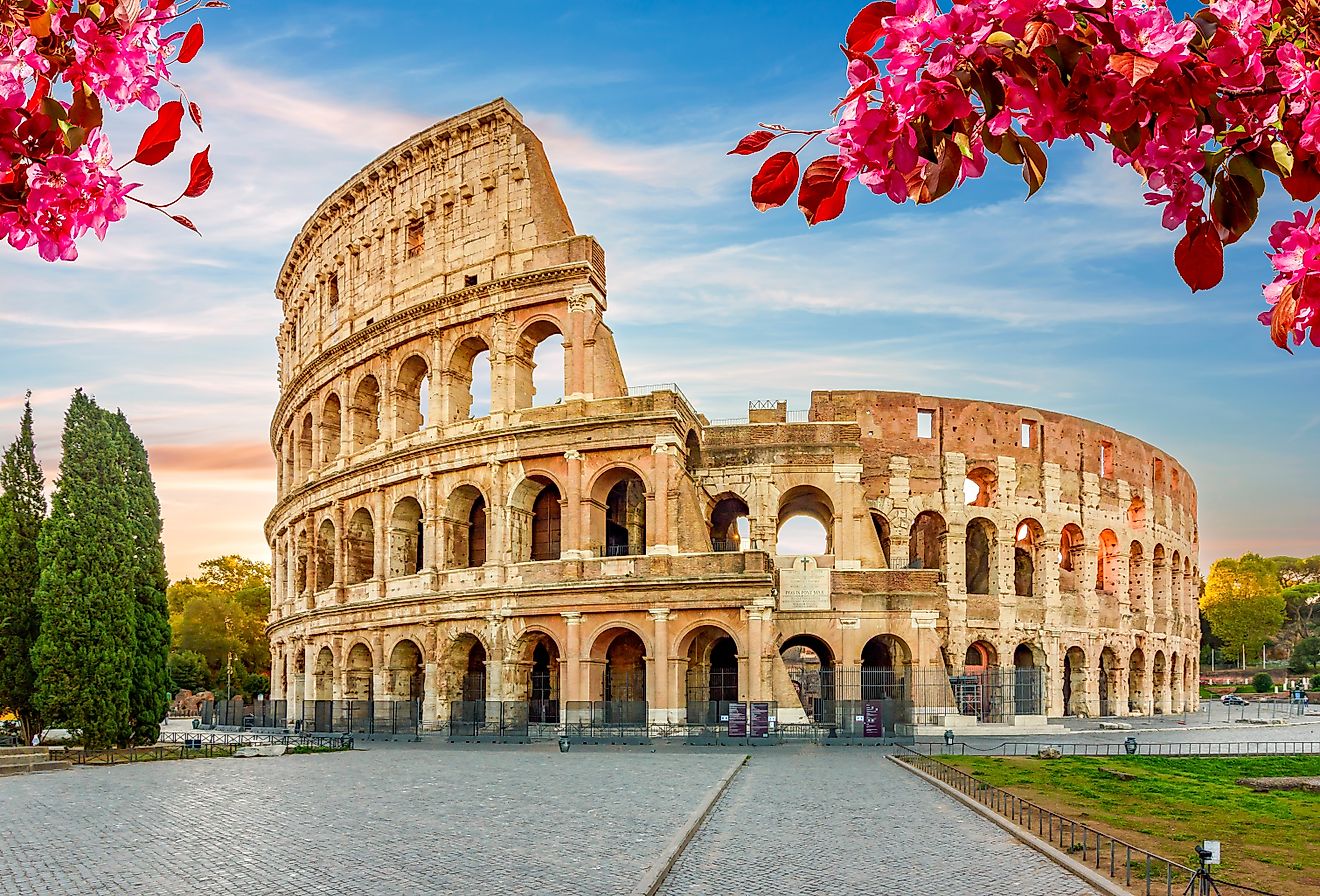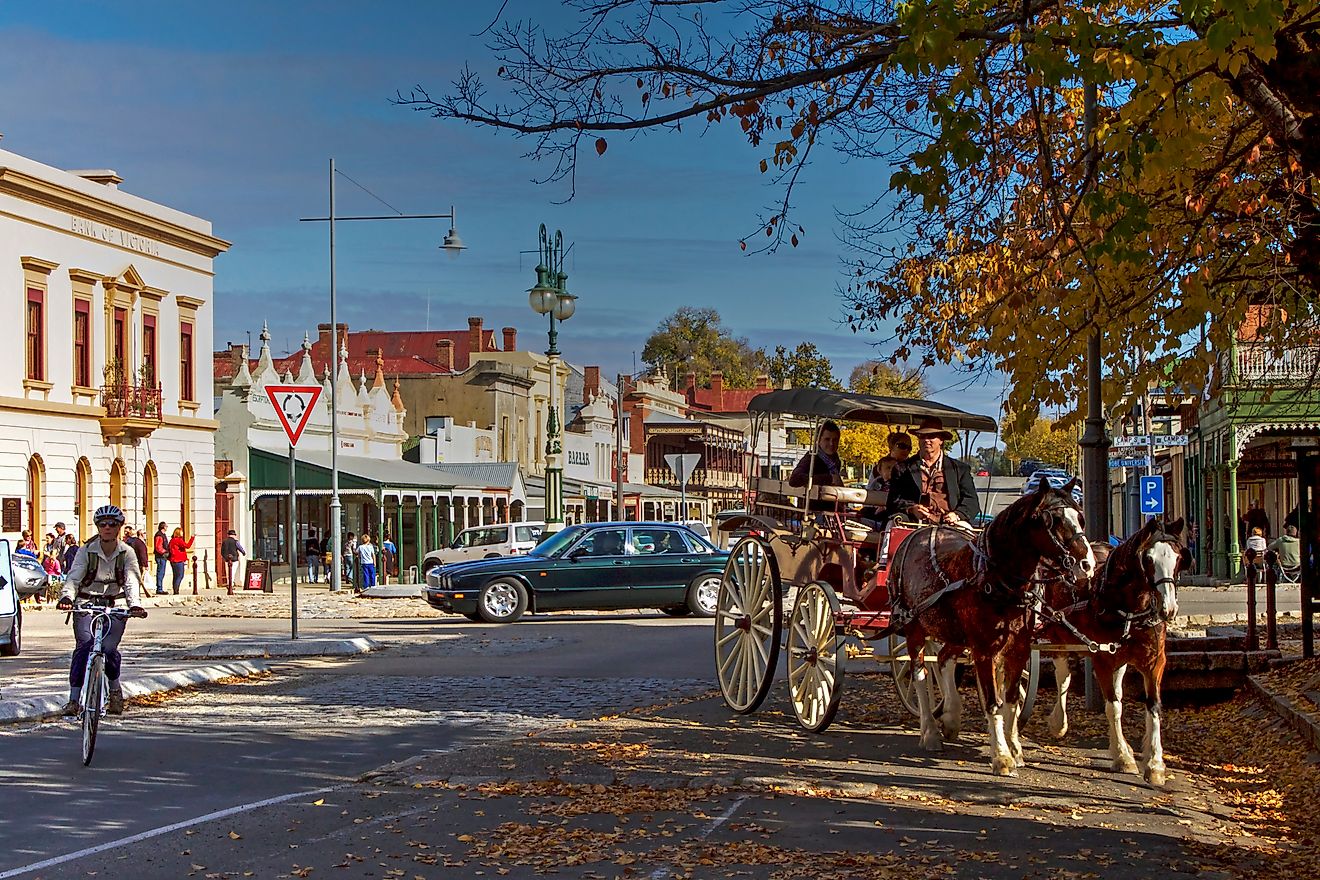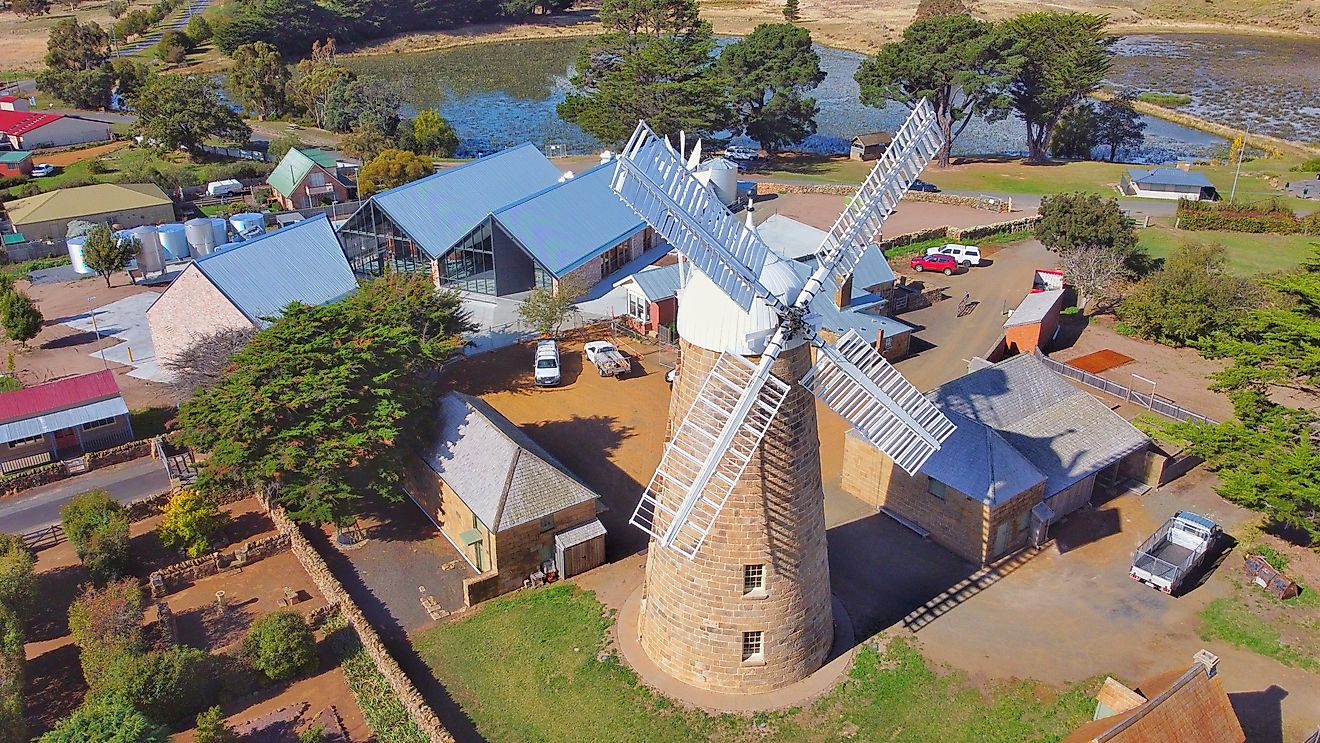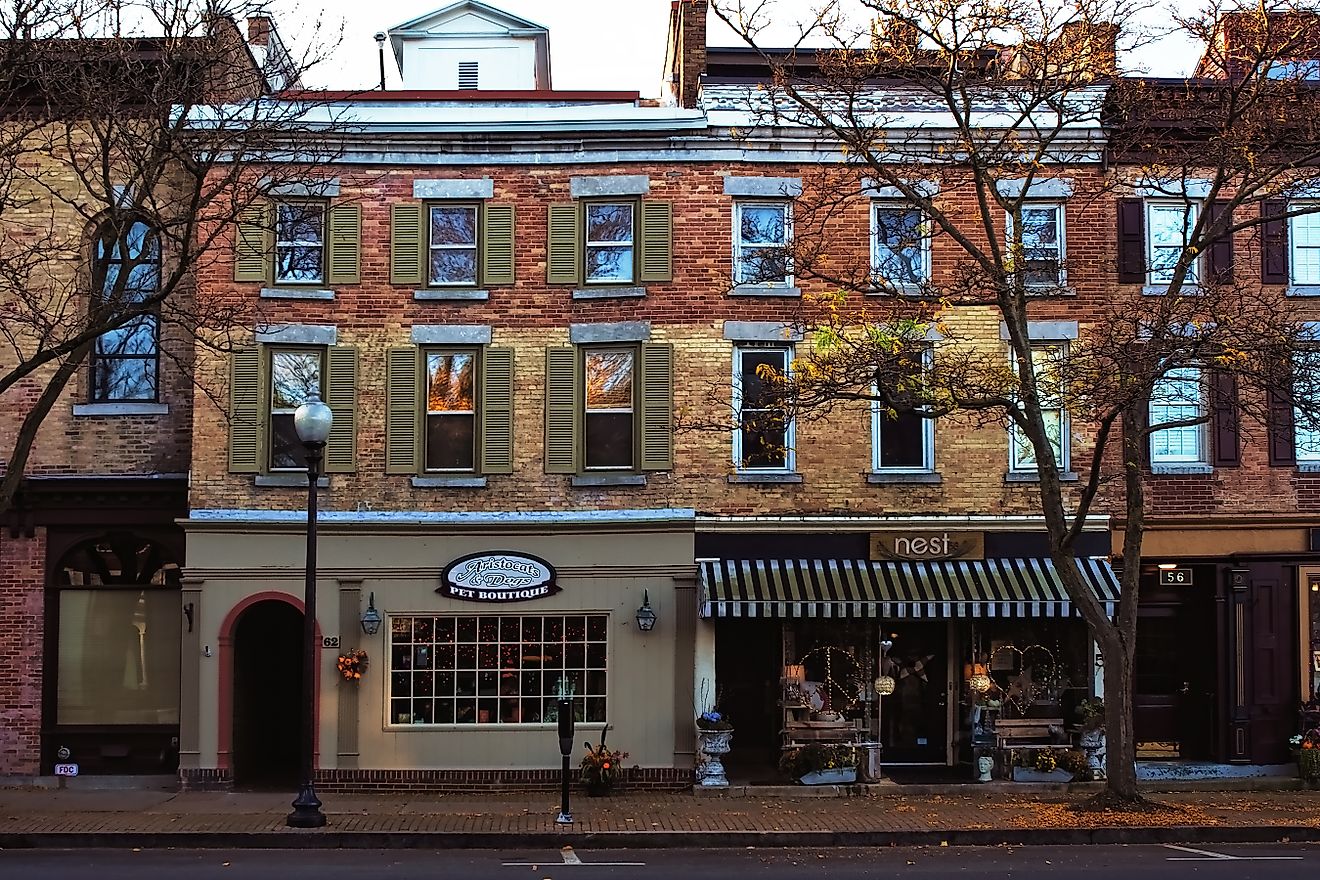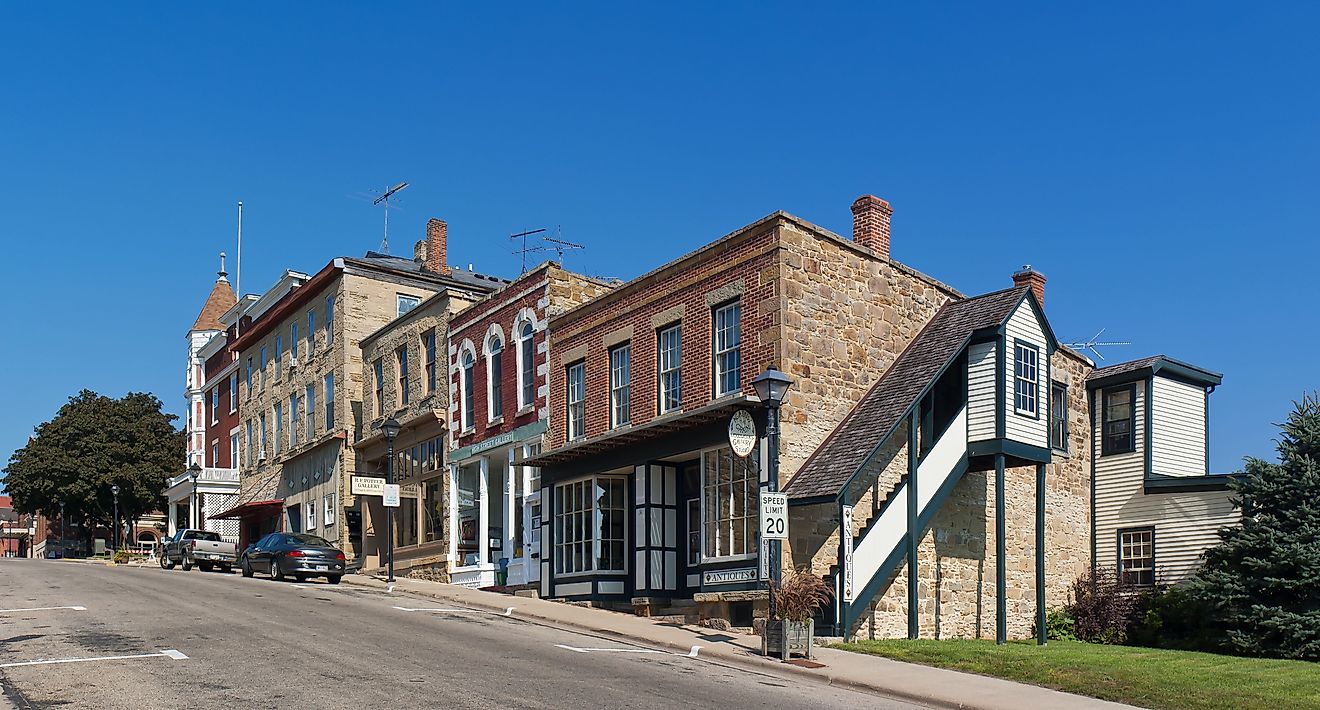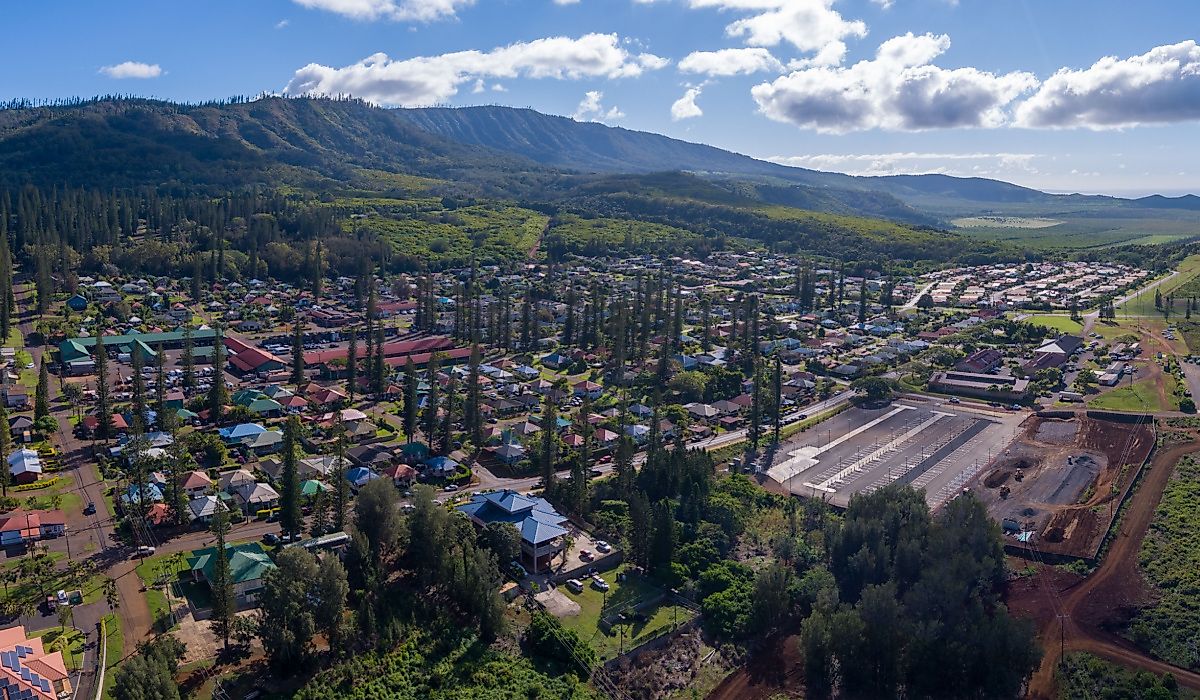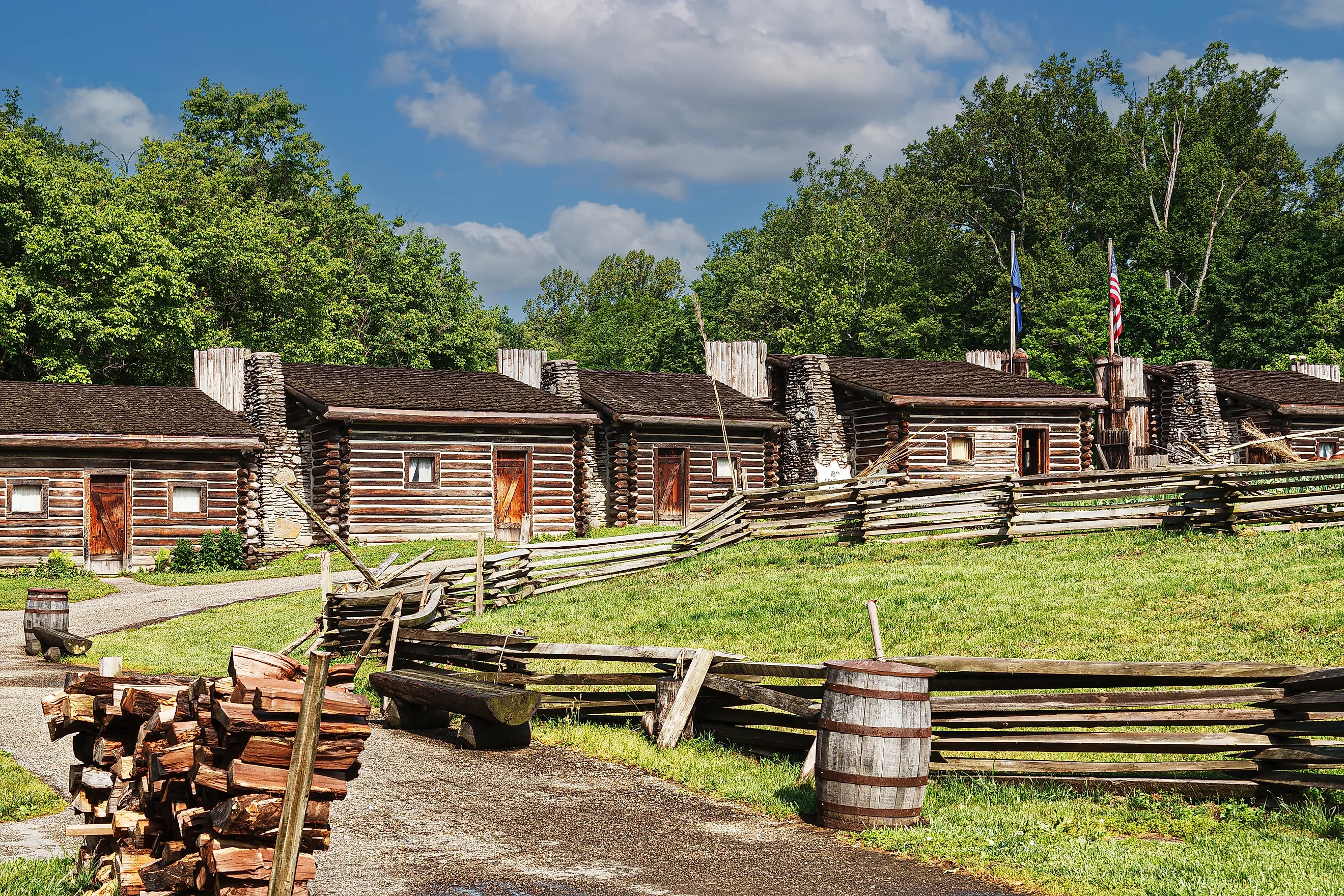
5 Must-See Historic Forts In Kentucky
Kentucky, known as the Bluegrass State, is rich with history that spans the early frontier, the Revolutionary War, and the Civil War. Its location along the Ohio River made it a strategic crossroads, shaping the lives of settlers, soldiers, and communities for generations. Many historic sites dot the state, but its forts stand out as particularly significant, reflecting both military strategy and everyday frontier life. From the pioneering days of Daniel Boone at Fort Boonesborough to the Civil War earthworks at Fort Duffield, these sites offer a window into the challenges and resilience of those who built, defended, and shaped Kentucky.
Fort Boonesborough
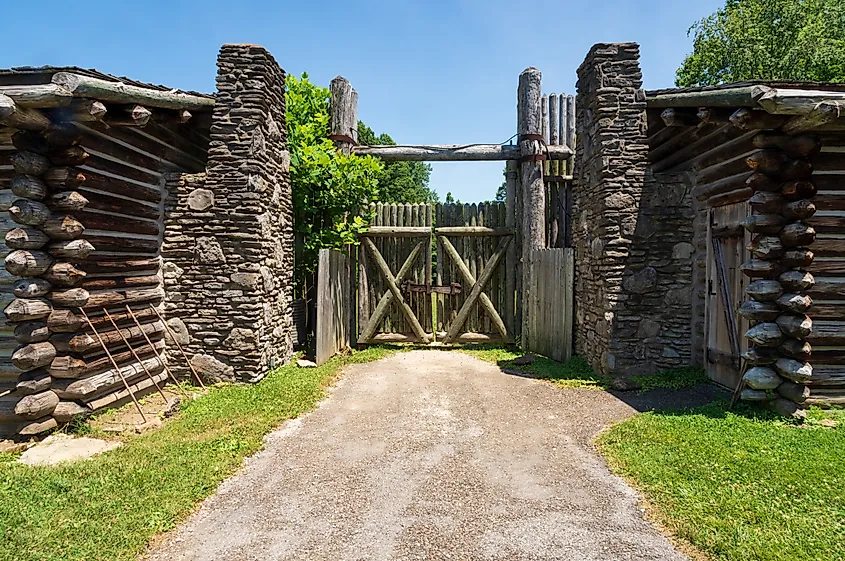
Fort Boonesborough, one of Kentucky's most historic forts, was founded in April 1775 when Daniel Boone and his men reached the Kentucky River and built what became the state’s second settlement. It played a key role on the early frontier, hosting the first legislative assembly of settlers that same year and later surviving the Great Siege of 1778. In 1779, it became the first town in Kentucky to receive a charter from the Virginia Assembly. Although its military role ended after the Revolutionary War, the site remained an important part of Kentucky’s pioneer history.
Today, the reconstructed fort gives visitors a glimpse of pioneer life with cabins, blockhouses, and period furnishings, all within Fort Boonesborough State Park, located in Richmond. Artisans demonstrate traditional crafts, and reenactments show what daily life was like on the frontier. The park also includes campgrounds, hiking trails, and a swimming complex with a water slide. The Kentucky River Museum tells the stories of families who worked the river’s locks and dams in the 1900s, adding another layer to the site’s history.
Fort Harrod
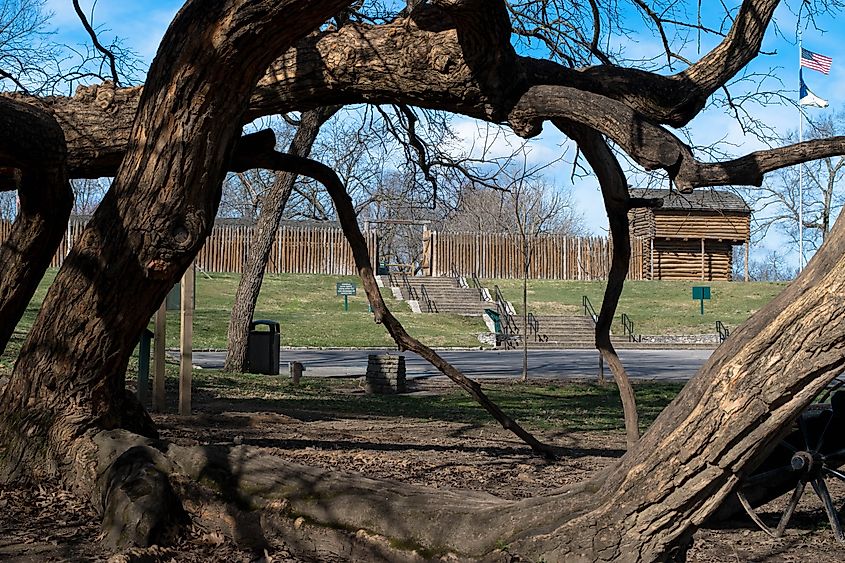
Fort Harrod’s story begins in 1773, when Capt. James Harrod is said to have felled the first tree that marked the start of settlement in what would become Kentucky. The following year, in June 1774, Harrod and about 30 men built the fort that would grow into Harrodsburg, carefully laying out lots inside and outside the fort and assigning cabins by lottery. By the 1780s, Harrodsburg was part of Kentucky’s developing counties, eventually becoming Mercer County, and the town hosted early court meetings that helped shape life on the frontier.
Today, visitors can step back in time at Old Fort Harrod State Park, which preserves this history on 15 acres. The park features a full-scale reconstruction of the 1774 fort, along with furnished cabins and blockhouses, the Mansion Museum, the George Rogers Clark Federal Monument, the Lincoln Marriage Temple, and the oldest cemetery west of the Alleghenies, offering a vivid glimpse into life on the Kentucky frontier.
Fort Duffield
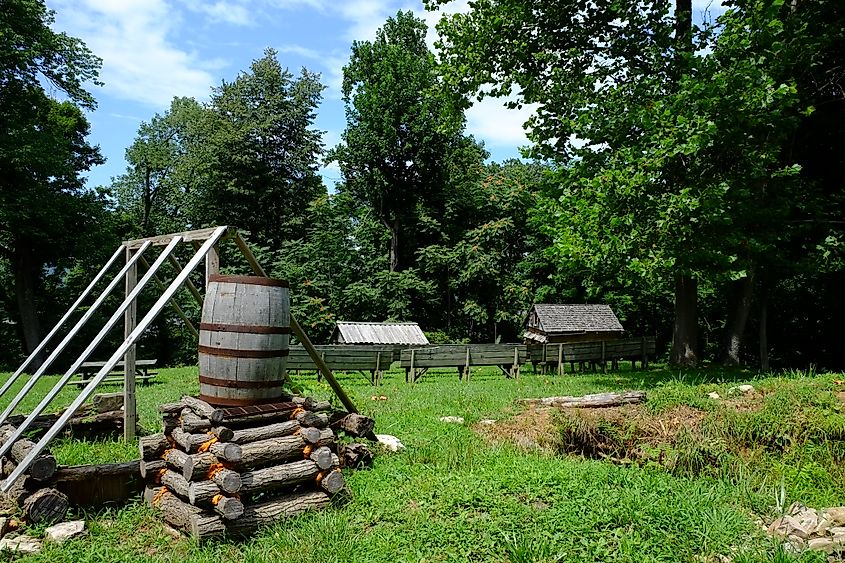
Fort Duffield, perched atop Pearman Hill 300 feet above West Point, was built in 1861 under orders from General William Tecumseh Sherman to secure the Salt and Ohio Rivers and protect Union supply lines during the Civil War. Soldiers from Michigan, Indiana, Ohio, and Wisconsin constructed the fort and nearby bridges, enabling the movement of troops and supplies. Although it never saw battle, its strategic position was crucial in maintaining Union control in Kentucky during the early years of the war.
The Fort Duffield Park and Historic Site preserves this important piece of history while offering public access for recreation. Visitors can explore the fort’s remains, walk scenic trails, and enjoy panoramic views of West Point. As Kentucky’s largest and best-preserved Civil War earthen fortification and a designated Kentucky landmark, the site provides a meaningful way to connect with the past.
Fort Knox
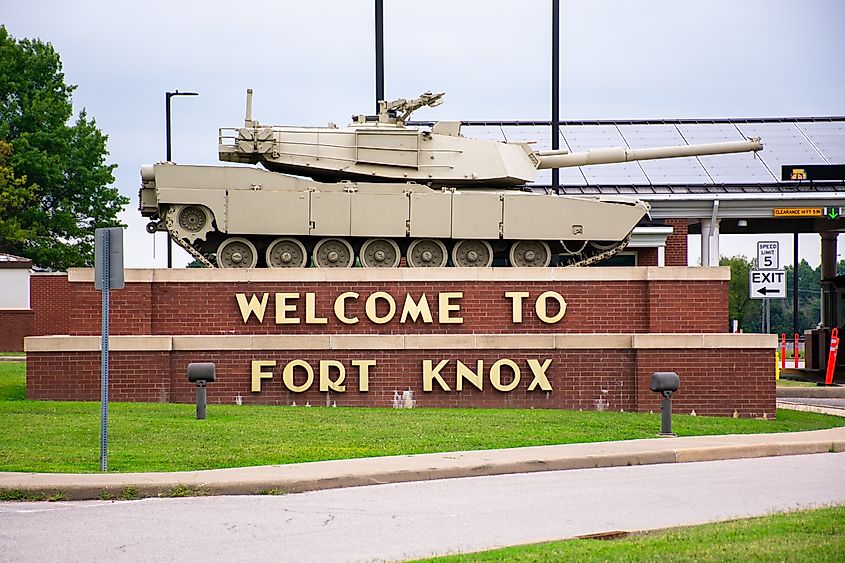
Kentucky’s Fort Knox is one of the most historic Army installations in the state, beginning during World War I as a field artillery training center, later known as Camp Knox, before officially becoming Fort Knox in 1932. Mechanized cavalry units brought new mobility to the Army, and during World War II, the post became the home of the Armored Force, where soldiers trained in tanks and developed a doctrine that shaped modern warfare. That legacy made Fort Knox a cornerstone of Army history and innovation.
The installation is home to more than 30 commands and organizations that cover the full soldier experience, from recruitment and training to career management and retirement. About 26,000 soldiers, civilians, and families are part of the community, supported by programs that have helped Fort Knox earn the Army Community of Excellence award multiple times. At Fort Knox, visitors can explore the General George Patton Museum, which showcases the Army’s armored heritage, while the nearby U.S. Treasury Bullion Depository, often called the Gold Vault, remains closed to the public but stands as one of Fort Knox’s most recognizable landmarks.
Fort McCook And Fort Lyon
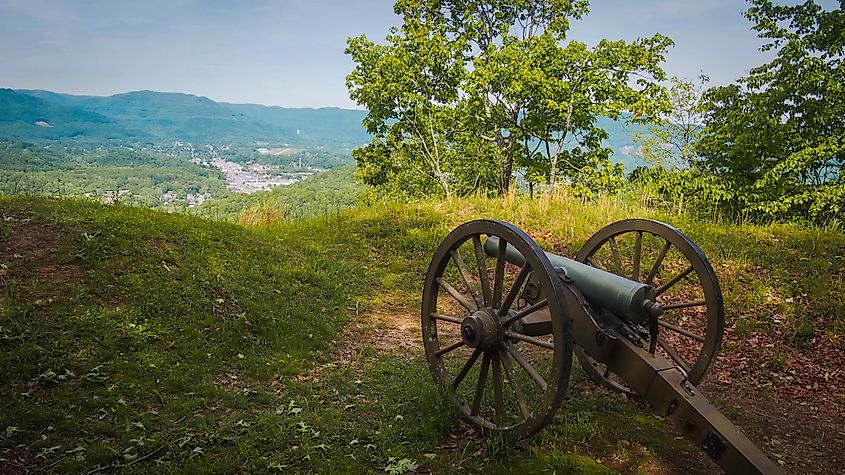
Fort McCook and Fort Lyon are historic Civil War earthworks located within Cumberland Gap, where Kentucky, Tennessee, and Virginia meet. These forts were part of a network of fortifications built to control the Gap, which changed hands four times during the war. Fort Lyon, near Pinnacle Overlook, was named after General Nathaniel Lyon, the first Union general killed during the conflict. It was used to guard against attacks from the northern approach to the Gap and could house up to five cannons.
Today, Cumberland Gap National Historical Park preserves this area, which was also part of the historic Wilderness Road that opened Kentucky to early settlers. The park covers more than 20,000 acres. Visitors can see the forts and earthenworks, hike trails, and view three states from Pinnacle Overlook.
Exploring Kentucky's Most Historic Forts
Kentucky’s forts reflect the people and events that shaped the state. Fort McCook and Fort Lyon, Civil War earthworks at Cumberland Gap, and Fort Harrod, the state’s first permanent settlement, preserve the history of military strategy, frontier life, and early communities. Walking among the walls, cabins, and earthworks, visitors can see the spaces where settlers lived, soldiers defended, and important decisions were made. These sites show how life unfolded in different periods of Kentucky’s past. Today, the forts remain as physical reminders of the state’s history, offering a way to connect with the experiences of those who came before.

